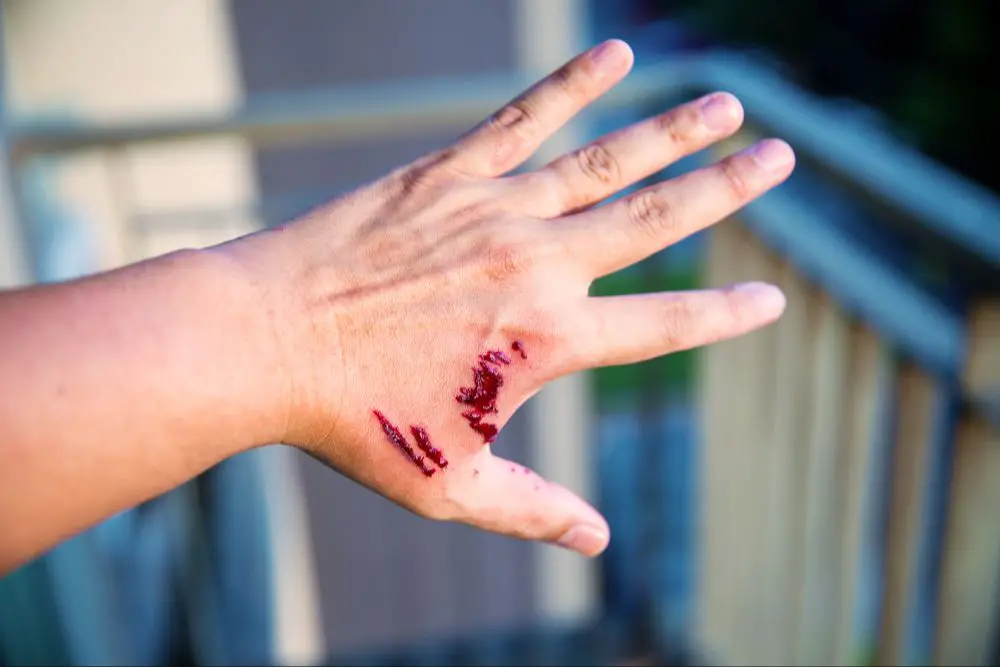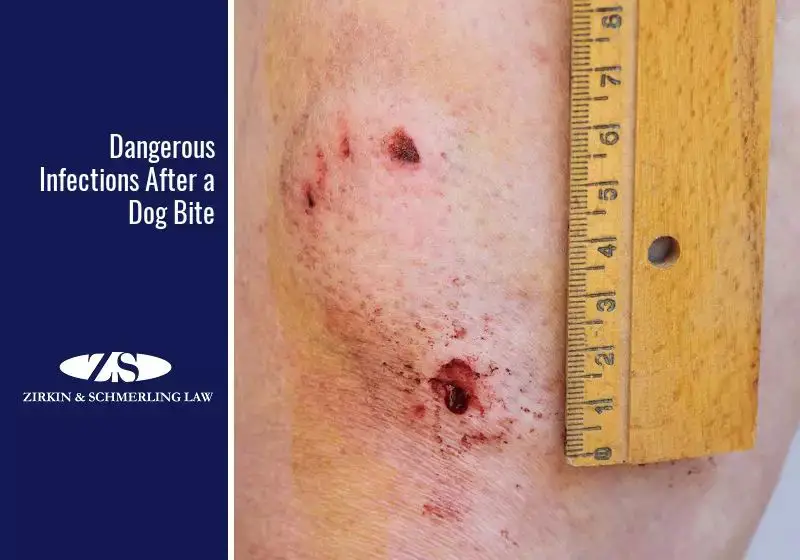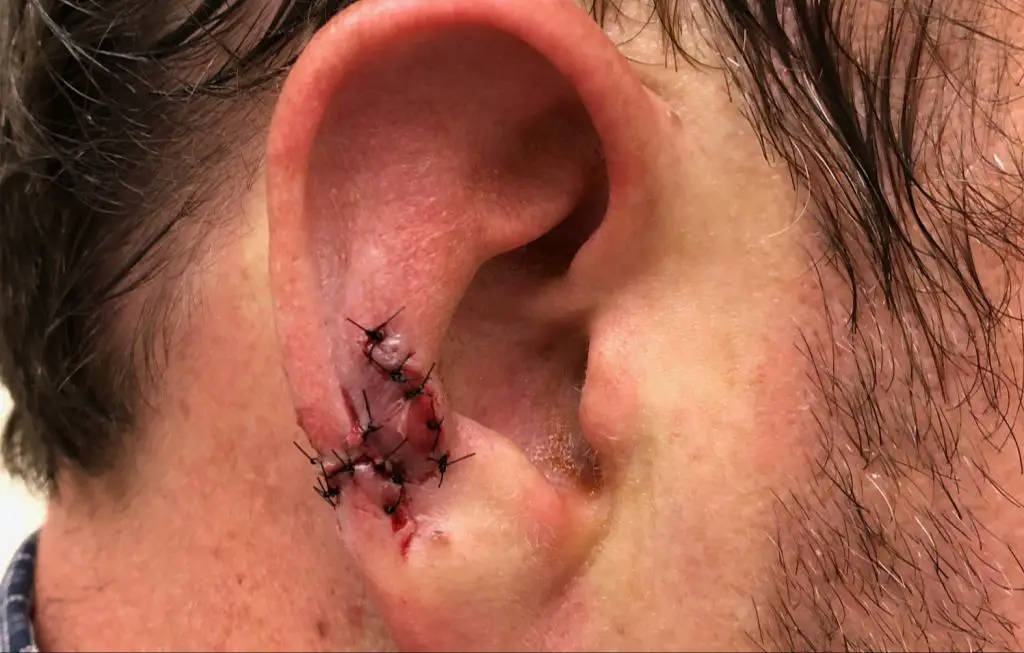Introduction
Dog bites are a common injury, with millions occurring in the United States every year. While most are minor, some dog bites do require medical attention to treat injuries, prevent infection, and avoid complications.
This article provides an overview of signs a dog bite needs medical care, when to seek emergency treatment, guidelines for treating minor bites at home, preventing infections, and tips to avoid dog bites in the future.
Knowing when a dog bite is serious enough for professional medical care is important. While many small nips or bites can be cared for at home, others require antibiotics, stitches, surgery, or immediate emergency care. Read on to learn how to assess dog bite severity and take appropriate action.
Signs a Dog Bite Needs Medical Care
Not all dog bites require medical attention. Minor nips or scratches often heal on their own with basic first aid at home. However, some bites can be serious and require professional medical care. Here are some signs a dog bite should be evaluated by a doctor:

Deep punctures – If the teeth puncture deep into the skin or tissue, the wound goes beyond the surface level. Deep punctures are prone to infection and may cause damage to muscles, tendons, nerves or blood vessels. They often require stitches, antibiotics and tetanus shots.
Multiple bites – Being bitten more than once increases the risk and severity of the wounds. Multiple bites cause greater tissue trauma and a higher chance of infection or other complications developing.
Bleeding that won’t stop – Most dog bites cause some bleeding initially. However, if the wound bleeds heavily or won’t stop bleeding even after 10-15 minutes of firm, direct pressure, it could signify an arterial injury or other serious damage. This requires prompt medical care.
Infection signs – Signs of infection include pus, redness, swelling, warmth around the wound, red streaks, increased pain or fever. Infected bites need medical treatment with wound cleaning and antibiotics to prevent the infection from worsening or spreading.
Risk Factors for Infection
Not all dog bites automatically lead to infection, but certain factors can increase the risk. The main factors that determine how likely a bite is to get infected include:
Dog’s Vaccination Status
Dogs that are up to date on their rabies vaccinations are less likely to transmit rabies or other infections through a bite. Stray dogs or dogs with an unknown vaccine history pose a greater risk.
Bite Location on Body
Bites on the face, hands, genitals or anywhere near joints or bones have a higher chance of infection. These areas have more blood flow and the wounds can be harder to clean thoroughly.
Preexisting Conditions
People with weakened immune systems, chronic illnesses like diabetes, or who take medications like steroids or chemotherapy have a greater risk of developing an infection after a dog bite. The elderly and very young children also have increased risk.
When to Seek Emergency Care

Some dog bites require immediate emergency medical treatment. You should seek emergency care if the bite is:
- On the face, neck, or head – These areas have lots of blood vessels and nerve endings close to the surface, so bites can cause severe bleeding, nerve damage, or scarring. Bites to the face/neck also have a higher risk of becoming infected.
- Causing loss of function – If you can’t move or feel parts of your body after a bite, it means tendons, nerves, or muscles have been damaged. This requires emergency surgery to prevent permanent disability.
- Bleeding severely – While some bleeding is normal with any wound, you should seek emergency care if blood is squirting out, you’re soaking through bandages quickly, or you’re feeling faint. Severe blood loss can lead to dangerous complications.
In these cases, you need medical attention as soon as possible to control bleeding, assess the damage, and determine if reconstruction surgery is required. Waiting even a few hours could allow injuries to get worse and increase the risk of permanent problems. Call 911 or have someone drive you to the closest emergency room immediately.
Treating Minor Bites at Home
For minor dog bites that do not require immediate medical care, there are steps you can take at home to clean and care for the wound:
Cleaning the wound: Gently wash the wound with mild soap and warm water. Be sure to clean around and inside any puncture wounds. This helps remove dirt, debris, and bacteria from the bite.
Applying antibiotic ointment: After washing, apply a thin layer of antibiotic ointment, like Polysporin. Antibiotic ointments help prevent infection in wounds.
Bandaging: Lightly bandage the wound to keep it clean. Change the bandages once a day and check that the wound is not getting worse. Signs of infection include increasing pain, swelling, redness, warmth, or pus.
Proper at-home care can help prevent minor dog bite wounds from becoming infected. However, watch closely for any signs of infection and seek medical care if the wound appears to be worsening.
Signs of Infection After Bite

While most minor dog bites can safely be treated at home, bites that are deep or punctured can become infected very quickly. After a dog bite, be on the lookout for the following signs of infection that require immediate medical care:
Increased pain, swelling – If the bite area becomes increasingly painful and swollen over the first 24 hours after the bite, that’s a sign that bacteria from the dog’s mouth has likely entered the wound and caused an infection.
Redness, pus – Red, inflamed skin and any pus draining from the bite mark indicates infection setting in. Pus is a sign the wound has become infected with bacteria.
Fever – An oral temperature over 100.4°F in an adult, or 99.4°F in a child, may be a sign of infection from the bite. Fever can develop within 24 hours of the bite as the body reacts to the introduction of bacteria.
Antibiotics for Dog Bites
Most dog bite wounds will require antibiotics to prevent infection. The type of antibiotic prescribed depends on the severity of the bite, location on the body, and underlying health conditions. Common antibiotic prescriptions for dog bites include:
- Amoxicillin – broad spectrum penicillin, usually taken for 3-7 days
- Doxycycline – tetracycline antibiotic, often used for 10-14 days
- Clindamycin – for penicillin allergic patients, taken for 7-10 days
- SMX-TMP – sulfamethoxazole and trimethoprim, alternative for penicillin allergy
For severe bites, intravenous antibiotics may be given in the hospital, followed by oral antibiotics at home. The length of antibiotic treatment varies from 3 days for small, clean wounds up to 2 weeks for larger, deep punctures or bites to the hand or face. Always complete the full course of antibiotics as prescribed, even if the wound looks better.
Other Medical Treatments
In addition to antibiotics, other medical treatments may be recommended for serious dog bites. These include:
Tetanus Shot
Your doctor will likely recommend a tetanus booster if your last shot was more than 5 years ago or if you can’t remember when you had your last tetanus shot. Tetanus is a serious bacterial infection that causes painful muscle contractions and can be fatal. Dog bites pose a risk of tetanus infection.
Surgical Repair

Some dog bites, especially from large or powerful dogs, can cause tissue damage that requires surgical repair. Bite wounds on the face, hands, or genitals are more likely to need surgery. Surgical repair may involve cleaning the wound, closing it with stitches, and prescribing antibiotics to prevent infection.
Preventing Dog Bites
There are some key steps that can be taken to help avoid dog bites:
Supervise Children: Children should always be monitored around dogs, even familiar ones. Dogs can see sudden movements as threatening. So teach kids to be gentle and not tease or provoke dogs.
Train Dogs: Owners should train their dogs to be non-aggressive through professional training classes. Socialize dogs to interact properly with people from a young age. Use leashes in public to maintain control.
Avoid Approaching Unknown Dogs: Do not try to interact with a dog you don’t know. Avoid reaching through fences to pet dogs. Knock on a front door before entering a yard with dogs. Do not disturb a dog that is sleeping, eating, caring for puppies, or seems ill or hurt.
Conclusion
In summary, though not all dog bites require medical treatment, it is important to monitor all bites for signs of infection. Minor bites can often be treated at home with basic first aid, but any deep puncture wounds or bites to the face or hands warrant prompt medical attention. Children, the elderly, and those with weakened immune systems are also at higher risk of complications. If a bite shows redness, swelling, pus, fever, or other worrying symptoms in the hours or days after the injury, seek medical care right away. Antibiotics may be prescribed to prevent infection from dog bites. While medical treatment is sometimes unavoidable, there are various steps that can be taken to reduce the likelihood of dog bites occurring in the first place.
The bottom line is that each dog bite case should be assessed individually to determine if a doctor’s visit is required. Pay close attention in the days following any dog bite for signs of infection. With proper first aid and monitoring, many minor bites can heal on their own. However, do not hesitate to seek medical care if concerning symptoms develop or you belong to a high-risk group.